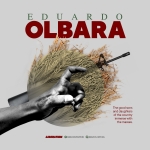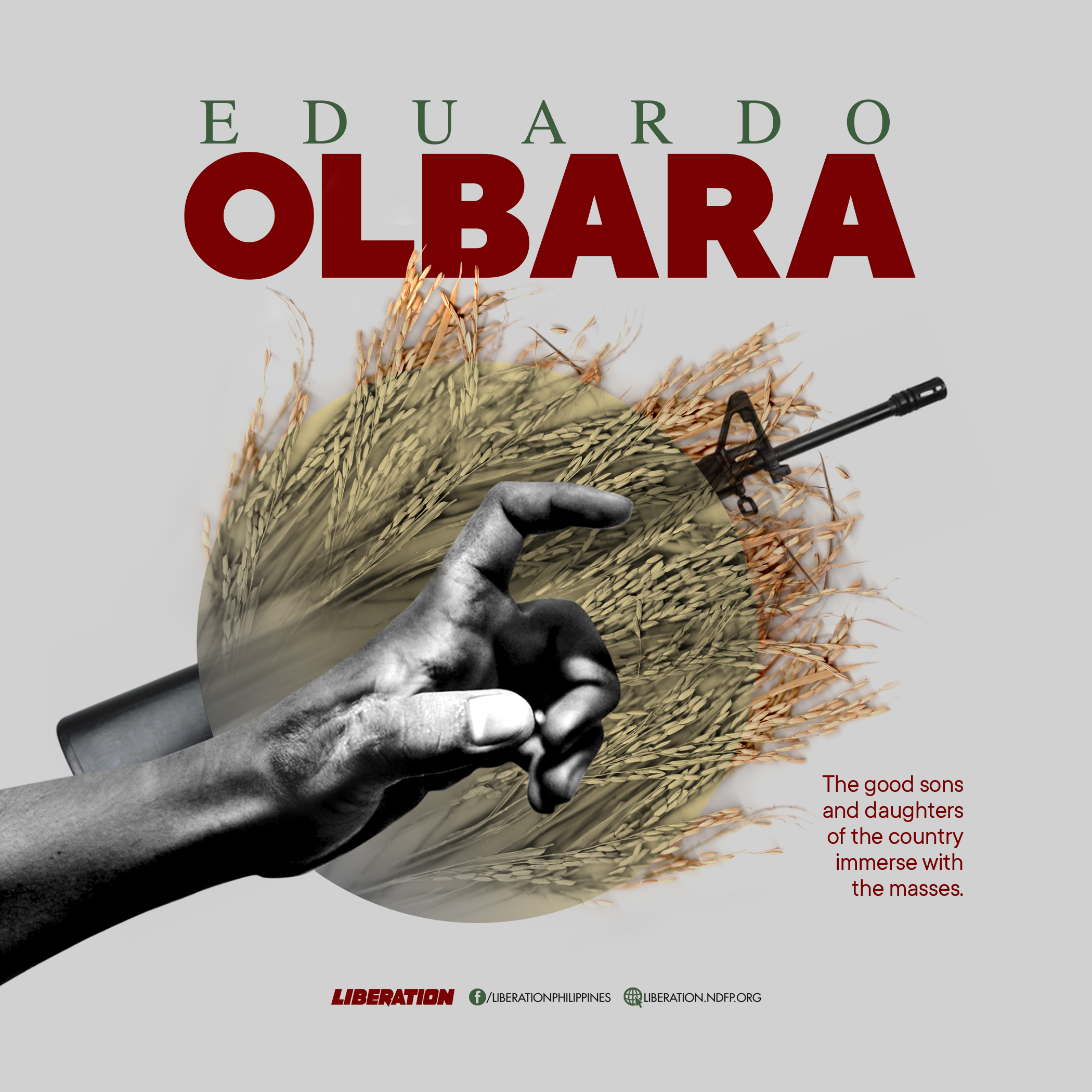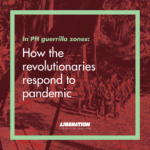Cherish the People’s Army, Revolutionary Martyrs
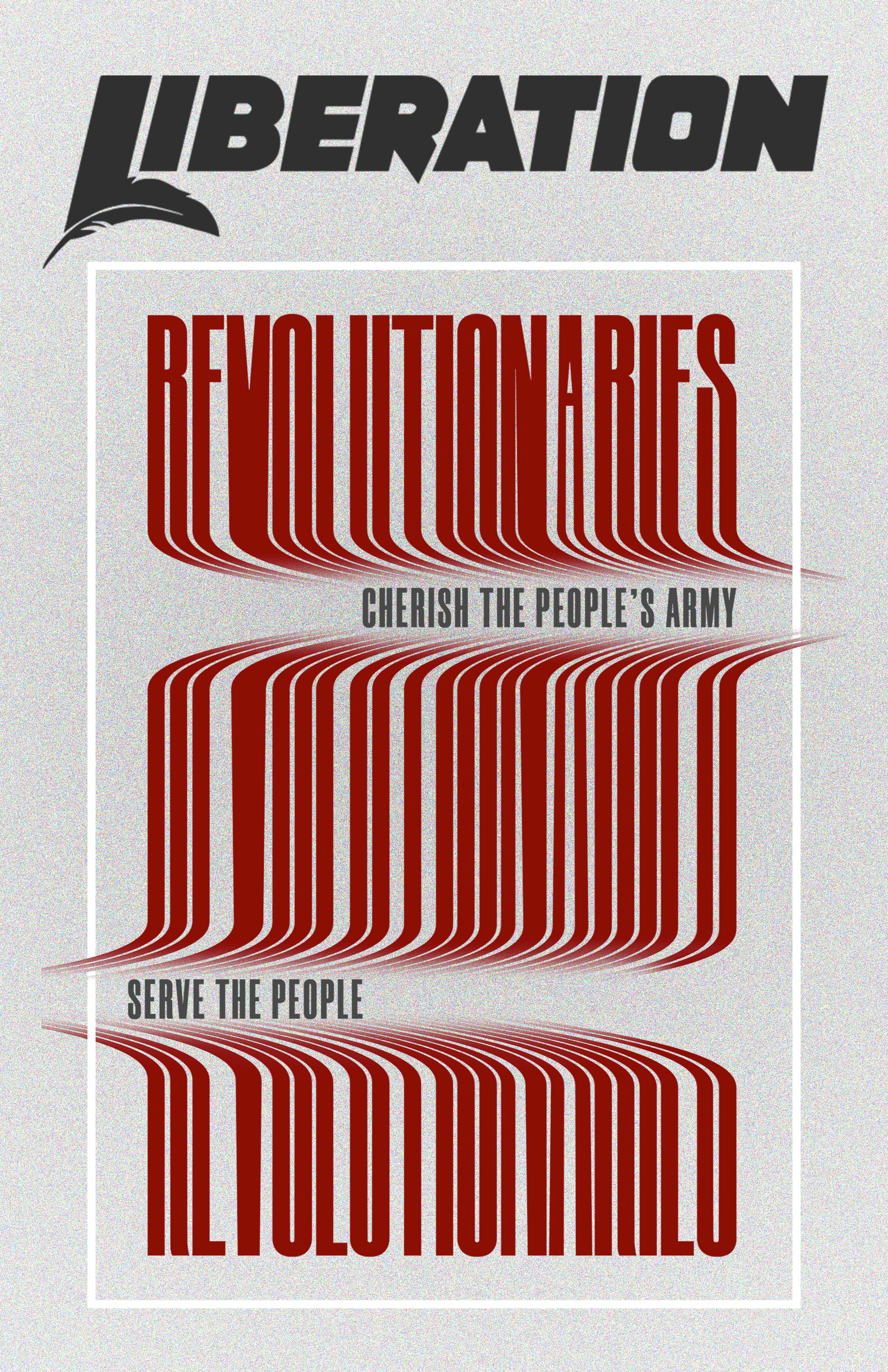
Here is a gathering of some unforgettable names. They are among our cherished crop of revolutionaries. They are our beloved comrades who marched before us. They bequeathed us an abundance of examples, lessons, and stories in waging armed struggle to advance the national democratic revolution with socialist perspective.
We are proud and humbled to present this compilation. Proud because we gathered tributes to some of our most remembered Red fighters; humbled because this compilation gives a mere sketch of their revolutionary contributions.They represent far more stories to share and, also, with them should have been more revolutionaries to honor but they are not yet included here. REVOLUTIONARIES-Download Print-ready copy




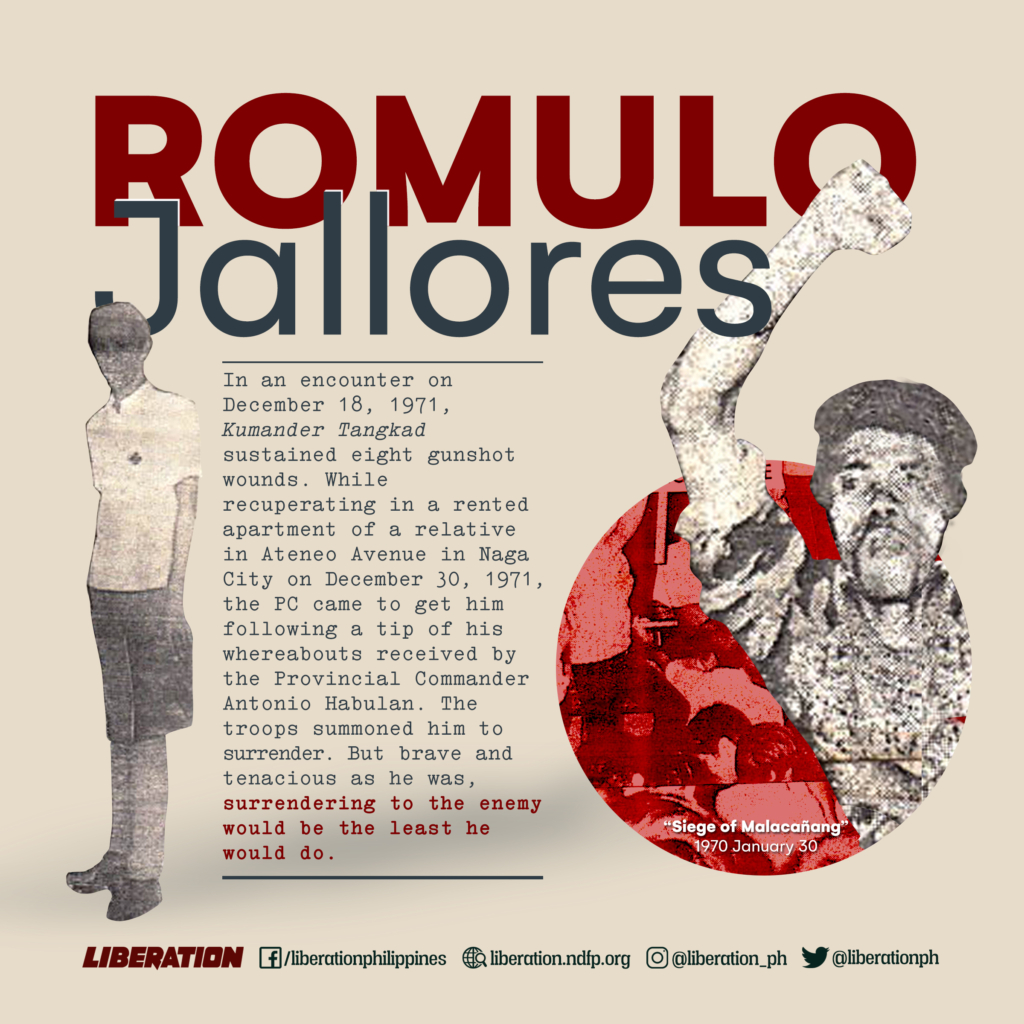 Courageous and aggressive, Romulo joined a band of youth in commandeering a truck to ram the gates of Malacañang. That demonstration of January 30, 1970 signalled the start of the First Quarter Storm (FQS). The Nation carried an article on the event entitled “Siege of Malacanang.” In the photo, among the youth on top of the truck, was Romulo wearing a beret like Che Guevara. Ernesto Che Guevara was the Argentinian expeditionary revolutionary whose name created waves not only in Latin America but also across the globe after the victory of the Cuban revolution led Fidel Castro with his help. From then on, Romulo came to be known in the activists’ circle as Che.
Courageous and aggressive, Romulo joined a band of youth in commandeering a truck to ram the gates of Malacañang. That demonstration of January 30, 1970 signalled the start of the First Quarter Storm (FQS). The Nation carried an article on the event entitled “Siege of Malacanang.” In the photo, among the youth on top of the truck, was Romulo wearing a beret like Che Guevara. Ernesto Che Guevara was the Argentinian expeditionary revolutionary whose name created waves not only in Latin America but also across the globe after the victory of the Cuban revolution led Fidel Castro with his help. From then on, Romulo came to be known in the activists’ circle as Che.
